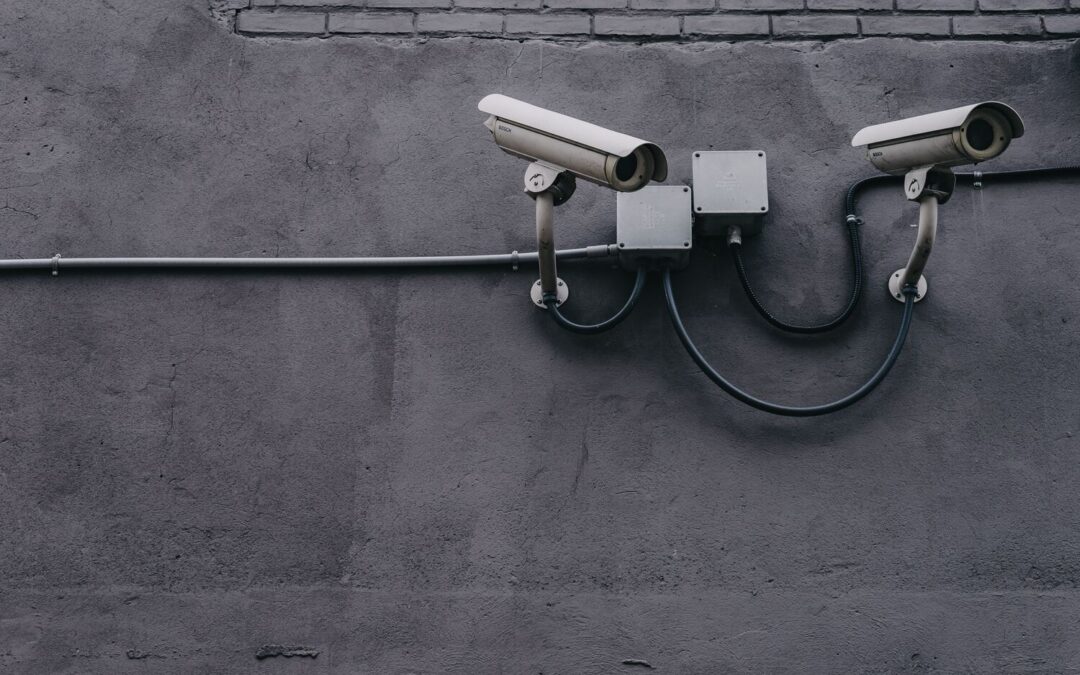Proactive vs. Reactive Physical Security: Building a Strong Defense
In an ever-changing world, ensuring the safety and security of physical spaces has become a paramount concern for individuals and organizations alike. As threats continue to evolve, the need for robust physical security measures becomes increasingly important. Two common approaches to physical security are proactive and reactive strategies. In this blog, we will explore the key differences between proactive and reactive physical security and discuss why a proactive approach is crucial in today’s dynamic security landscapes.
Proactive Physical Security
Proactive physical security involves taking preemptive measures to identify and address vulnerabilities before they can be exploited. It emphasizes a forward-thinking and comprehensive approach that aims to prevent security incidents from occurring in the first place. Key elements of a proactive physical security strategy include:
- Risk Assessment: Conducting a thorough risk assessment is essential to identify potential threats, vulnerabilities, and critical assets. This assessment enables security professionals to understand the specific risks associated with their environment and develop targeted security measures accordingly. Risk assessment looks at things like crime data for the area, as well as natural hazards, like floods and fire. Understanding the challenges you might face can help you determine the most appropriate security measures to meet your goals. Read more…
- Security Planning and Design: Proactive security planning involves designing and implementing security measures that deter potential threats. This includes installing surveillance systems, access control systems, intrusion detection systems, and implementing physical barriers such as fences, gates, and locks. Integration of technology and human resources is crucial in this phase.
Access Control and Intrusion Detection systems often work hand-in-hand, but they perform two different functions. As it sounds, Access Control Systems control who has access to a given space. This would include electric door locking hardware, as well as keyless numeric or biometric entry systems. Today’s Access Control Systems fall into 3 categories: cloud based, mobile or smartphone based, and IoT based. Intrusion Detection Systems alert you when someone has entered a restricted space. This would include measures like door and window contact alarms, motion detection alarms, and infrared heat sensors. The array of intrusion detection technologies is endless with a solution for every application. Choosing the right one for your specific situation is critical for an effective security program. Read more…
- Training and Awareness: Educating employees and personnel about security protocols and best practices is vital. Regular training programs help raise awareness, reinforce security policies, and equip individuals with the knowledge to respond effectively to potential threats. In the event something does occur, having plans in place results in a smoother crisis response with everyone involved knowing how to respond to any given situation.
- Continuous Monitoring: Proactive security relies on ongoing monitoring and analysis of security systems and processes. This includes regular maintenance of security equipment, reviewing logs and reports, and conducting periodic audits to ensure that all security measures are functioning optimally. Read more… Surveillance systems can also be actively monitored so that a security breach or emergency situation can be immediately detected and responded to.
Reactive Physical Security
Reactive physical security on the other hand, is a response-oriented approach that focuses on reacting to security incidents as they occur. It is often seen as a secondary line of defense, activated only when proactive measures fail. Key elements of reactive physical security include:
- Incident Response: Reactive security measures are triggered when an incident occurs. These measures typically involve responding to alarms, activating emergency procedures, and deploying security personnel to contain the situation.
- Investigating and Analysis: After an incident, reactive security entails conducting investigations to determine the cause and gather evidence. This information is critical for taking corrective action and implementing measures to prevent similar incidents in the future.
- Incident Reporting and Documentation: Proper documentation of incidents is essential for legal and insurance purposes. It helps track patterns, identify trends, and improve future security planning.
The Importance of a Proactive Approach
While reactive security measures are necessary, relying solely on reactive strategies can leave vulnerabilities exposed. Here are a few reasons why a proactive approach is crucial:
- Prevention is Key: Proactive security measures aim to prevent incidents before they occur. By identifying and addressing vulnerabilities proactively, organizations can significantly reduce the risk of security breaches, property damage, and harm to individuals.
- Cost-Effectiveness: Investing in proactive security measures may require an upfront cost, but it is often more cost-effective in the long run. Preventing incidents avoids the expenses associated with incident response, investigation, and potential legal consequences.
- Reputation and Trust: A proactive approach to physical security demonstrates an organization’s commitment to the safety of its stakeholders. It fosters trust among employees, clients, and the public, enhancing the organization’s reputation and credibility.
- Adaptability to Emerging Threats: Proactive security measures are designed to be adaptable and scalable. By continually evaluating and updating security protocols, organizations can stay ahead of evolving threats and maintain a robust defense against emerging risks.
In today’s security landscape, a proactive approach to physical security is essential for mitigating risks, protecting assets, and ensuring the safety of individuals. While reactive measures have their place, they should be viewed as a complement to proactive strategies rather than the primary line of defense. By conducting thorough risk assessments, implementing comprehensive security measures, and investing in training and awareness, organizations can build a strong and resilient physical security framework that effectively addresses both current and future threats. Remember, prevention is always better than reaction when it comes to ensuring the security of people and assets.

